Researchers at the Green Hydrogen Research Centre of MIT World Peace University (MIT-WPU), under the leadership of Dr. Ratnadip Joshi (Associate Director, Green Hydrogen Research Centre at MIT-WPU), have developed an innovative, carbon-negative process that produces both BioCNG and Green Hydrogen from mixed agricultural waste, offering a cleaner and more affordable path to energy independence. Compared to older biomass-to-gas conversion methods’ efficiency as low as 5–7%, this process achieves a biomass-to-gas conversion efficiency of 12%.
“Unlike many efforts that rely on a single feedstock such as paddy straw or napier grass, this research demonstrates success with mixed agro waste, including millet trash and other seasonal crop residues. This approach is particularly effective for regions with low rainfall and drought,” said Dr. Joshi. “Over the course of the research, a bio-culture was developed to achieve a biomass-to-gas conversion efficiency of 12%. A fully scalable 500 kg/day pilot plant, supported by four granted patents, is now established on the MIT-WPU campus. The generated biogas showed high methane content, which was further utilized to produce green hydrogen through a green catalytic pyrolysis process.”
Aniket Patrikar, Ph D research scholar MIT World Peace University said, “We have used a pyrolysis catalyst derived from plants, helping us produce green hydrogen without carbon dioxide emissions, thus eliminating the need for expensive carbon capture systems. The process also produces Biochar, a valuable byproduct used in industries such as pharmaceuticals, cosmetics, fertilizers, and construction.”
Avinash Lad, Ph D research scholar, MIT World Peace University highlighted, “The world is looking into electrolysis, but it remains expensive, with costs above $2 per kilogram. Our process is carbon-negative, affordable, and scalable, with the potential to bring green hydrogen production costs down to $1 per kilogram while solving India’s agricultural waste problem.”
The process also generates biofertilizers as a byproduct, which can replace urea usage in farming. The team has been granted two patents for green-coated, sustainable-release biofertilizers, which promise to reform agriculture by reducing reliance on artificial fertilizers like urea and preventing excessive soil salinity—a long-term threat to Indian agricultural productivity.
This industrial innovation has already caught the attention of the energy sector. With major companies planning to set up thousands of CBG and hydrogen units, leading entrepreneurs have expressed interest in partnering with MIT-WPU for technology transfer. The university also welcomes industry–academia collaboration, benefiting learners by making them industry-ready and developing skilled youth to empower the nation.
French President Emmanuel Macron has committed, alongside German Chancellor Friedrich Merz, to a timely realization of the Southwestern Hydrogen Corridor, which includes the H2Med and HY-FEN pipeline projects. “The initiative, including the private-sector Alliance on the H2Med Southwestern Corridor, will be continuously supported through the Franco-German Working Group on Hydrogen. France and Germany will engage in a joint discussion with Spain, Portugal, and the European Commission to ascertain de-risking needs,” said the two heads of state. The countries will also work at a European level to allow support for hydrogen produced from nuclear power and will collaborate on a joint hydrogen research project.
University of Missouri researchers have unveiled a prototype of an affordable, longer-lasting, super-sensitive sensor capable of detecting even the smallest hydrogen leaks within seconds. “Zeng created her sensor by mixing tiny crystals made of platinum and nickel with ionic liquids. Compared to what is already on the market, the new sensor is unmatched in performance and durability,” the University of Missouri said, referring to Xiangqun Zeng and her team in the College of Engineering. Their paper, “PtNi nanocrystal-ionic liquid interfaces: An innovative platform for high-performance and reliable H2 detection,” was published in ACS Sensors.
Bondalti Chemicals has started operating its chlor-alkali production facility in Estarreja, Portugal. “Constructed by German engineering company CAC Engineering and using Asahi Kasei’s state-of-the-art chloralkali electrolysis technology, the improved plant will also be utilized for further reducing power consumption and optimizing the use of materials in the chlor-alkali industry,” Asahi Kasei said in a press release. Electrolyzers apply an electric current to separate concentrated salt water into chlorine, caustic soda, and hydrogen. At Bondalti’s new plant, one of nine electrolyzers will also be used for trial runs with new components.
Thyssenkrupp Nucera has acquired key technology assets from Danish company Green Hydrogen Systems following regulatory approvals and consent from the court-appointed insolvency administrator. The deal includes intellectual property and a test facility with a full-size prototype in Skive, Denmark. “With this acquisition, Thyssenkrupp Nucera strategically strengthens its positioning in the field of alkaline water electrolysis, now additionally also focusing on pressurized solutions,” said the German company.
Lhyfe has begun delivering renewable hydrogen to Essent in the Netherlands under a multi-year supply contract. “This hydrogen is being used to power the GROHW project, one of the first renewable hydrogen projects in the Netherlands to be actually implemented,” the French company said in an emailed press release. The hydrogen will be used at Nefit Bosch’s center, which tests systems including hydrogen boilers. Lhyfe aims to commercialize an H2 Ready combi boiler by 2029 that can be converted to renewable hydrogen.
Everfuel has achieved RFNBO certification, recognising that its hydrogen production facility, HySynergy, produces green hydrogen under the EU’s Renewable Fuels of Non-Biological Origin (RFNBO) framework. “The certification is the gold standard for green hydrogen under the EU’s RED II and RED III directives,” said the Danish company in an emailed comment.
This content is protected by copyright and may not be reused. If you want to cooperate with us and would like to reuse some of our content, please contact: editors@pv-magazine.com.
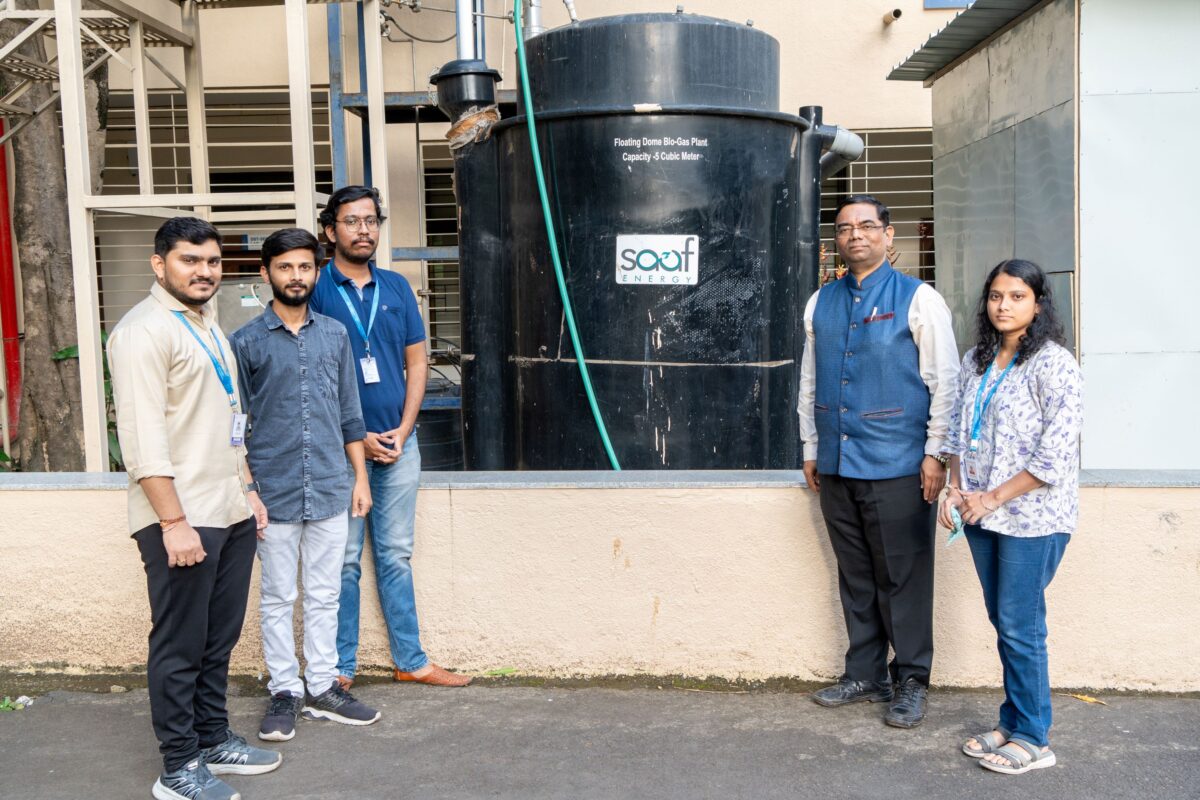
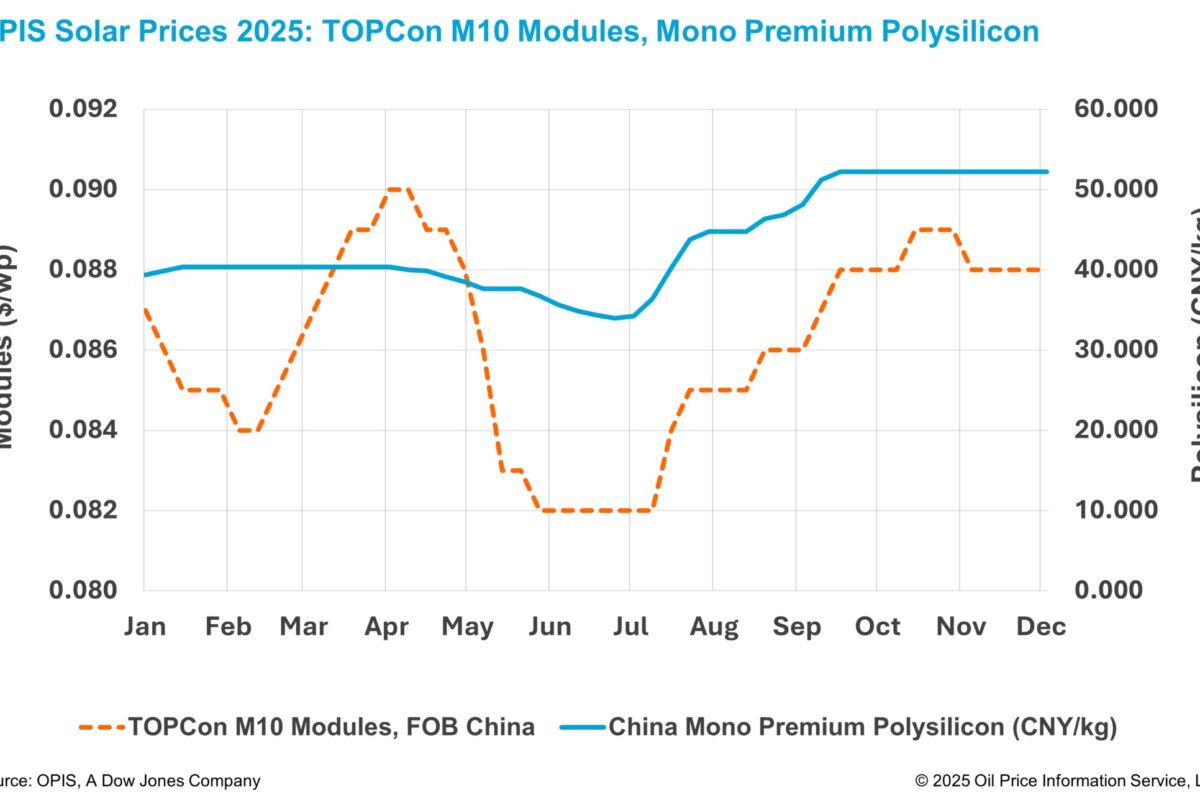



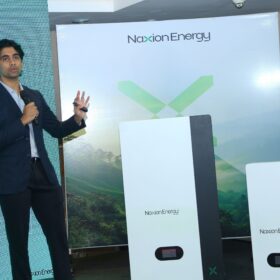
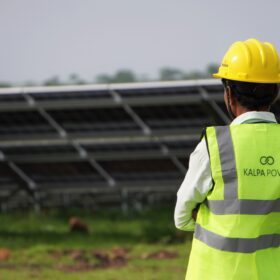
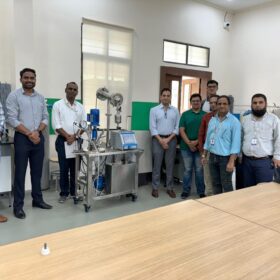
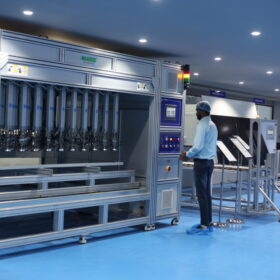
By submitting this form you agree to pv magazine using your data for the purposes of publishing your comment.
Your personal data will only be disclosed or otherwise transmitted to third parties for the purposes of spam filtering or if this is necessary for technical maintenance of the website. Any other transfer to third parties will not take place unless this is justified on the basis of applicable data protection regulations or if pv magazine is legally obliged to do so.
You may revoke this consent at any time with effect for the future, in which case your personal data will be deleted immediately. Otherwise, your data will be deleted if pv magazine has processed your request or the purpose of data storage is fulfilled.
Further information on data privacy can be found in our Data Protection Policy.